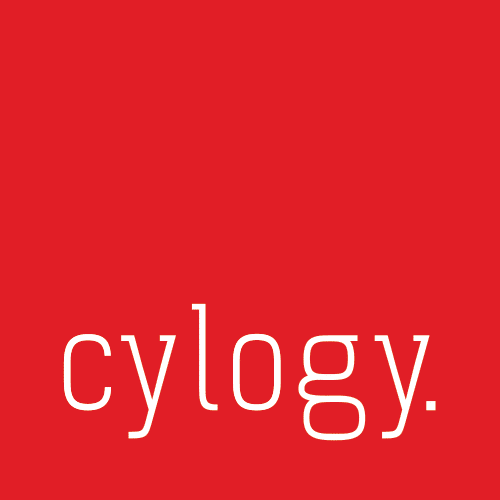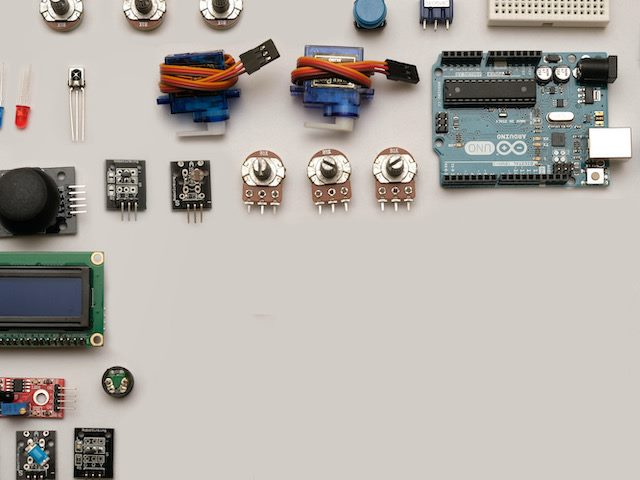In recent years we have seen some of the leading digital experience platforms (DXP) providers including Sitecore, Optimizely and Bloomreach maturing and extending their suites of products, delivering an integrated solution with a wide range of digital marketing capabilities. These sophisticated integrated offerings can provide real value for marketing teams. But they aren’t ideal for all organizations, with at times prohibitive costs and a lack of agility. An alternative approach — the composable or best-of-breed DXP — is increasingly coming up in discussions. Let’s take a look at what a composable DXP is and the benefits and/or downsides it may have.
What Is a Composable DXP?
The composable digital experience platform (DXP) is a relatively new concept and term. A “composable DXP” essentially describes when a DXP is assembled from a series of best-of-breed solutions. These solutions work together via APIs to deliver content and digital experiences to customer in a more agile and flexible way than a single, integrated and essentially monolithic platform. It essentially brings more of a microservices approach to the DXP space.
Industry mainstays have started using the term in recent months. In December 2020, advisory firm Gartner issued a paper called “Adopt a composable DXP strategy to future-proof your tech stack” and has discussed the virtues of composable businesses in more general terms. Some DXP providers are also discussing the virtue of composability, with a recent CMSWire article quoting representatives at Magnolia CMS and Crownpeak.
Perhaps most significantly, Sitecore has framed the future of its SaaS offerings as supporting a composable DXP model. Pieter Brinkman, senior director of technical marketing at Sitecore and Rob Earlam, senior development advocate shared how the various services run on an SaaS basis — including new Sitecore acquisitions — will be available as independent services that can integrate with services from other providers if necessary. This doesn’t mean the more traditional integrated platform Sitecore provides is going away, instead it is being positioned as a “Platform DXP.”
What Are the Advantages of a Composable DXP?
A composable DXP offers multiple advantages, most of which revolve around increased flexibility and agility. Here the merits of composable DXPs are being compared to monolithic DXPs, in a debate which echoes the integrated platform vs. best-of-breed conversations many of us have had in the past.
Flexibility and Scalability
A central tenet of the composable DXP is it can provide a more lightweight approach to creating new sites and apps as there are fewer dependencies associated with each capability when compared to a monolithic platform. Deployments are easier to plan and schedule, have less associated risks and require less resourcing. Here, decoupling the back-end CMS and the front-end experience usually plays a role. The increased support for headless publishing from major CMSs and DXPs is one of the trends making composable DXPs a viable option, as well as the increasing availability of capabilities available as a Software-as-a-Service.
Agility Across Omnichannel
The increasing complexity of an omnichannel world and the ability to publish content across multiple experiences also lends itself well to a composable and headless approach. The agility to add new channels and formats such as voice is not always there in a more monolithic approach.
Include the Tools You Want
One of the advantages of a composable DXP is it can comprise the best-of-breed tools your team wants to use, either because they are the best available, the team loves them, or because the team already uses them and the license doesn’t expire for a few months. Because you can use existing solutions that you already subscribe to, it can also lower the barrier of entry to implementing the DXP, meaning it’s faster and cheaper to implement than a fully integrated suite of tools. You can also evolve at your own pace, swapping out capabilities and products within the composable DXP.
Future-Proofed
As the pandemic has shown us, you never really know what is going to happen. Arguably the flexibility of a composable DXP allows you to better prepare for every eventuality because you avoid the heavy commitments and vendor lock-in of a traditional monolithic approach, and can pivot much faster if you need to change your customer experience focus. You can also set up and support extra channels more easily.
Is the Composable DXP Right for Me?
Whether the composable DXP is right for you is less clear-cut. It will depend on factors such as costs, complexity, whether your existing set-up is causing you pain points, and your priorities going forward. A more integrated platform may well suit your needs but if you just need a simple CMS, then going headless may not necessarily be right for you.
Watch This Space
The rise of the composable DXP is an interesting trend to observe and may well grow in popularity in the coming months. Definitely watch this space!



